The Lawsuit Shaking Up Classrooms Across The Globe
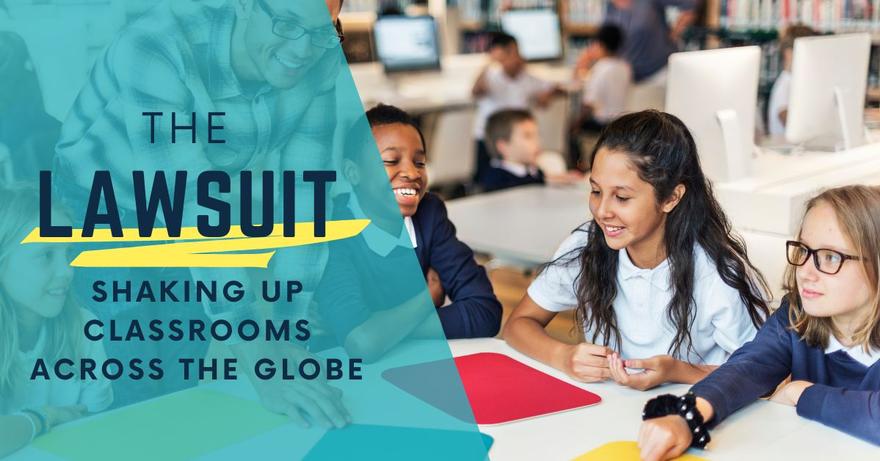
The Lawsuit Shaking Up Classrooms Across The Globe
Imagine discovering that the very program designed to help your child learn to read might actually be holding them back!
That’s the claim at the heart of a class-action lawsuit against Fountas and Pinnell, two of the most recognized names in literacy education.
This legal battle is sending shockwaves through schools, homes, and classrooms everywhere.
Let’s break down what’s happening, why it matters, and what it means for your child’s education.

What’s the Lawsuit About?
In December 2024, two Massachusetts families filed a class-action lawsuit against literacy experts Irene Fountas and Gay Su Pinnell, among others.
They say that the reading program developed by Fountas and Pinnell lacks phonics curriculum, teacher training materials, and either minimised or excluded phonics instruction that research shows is crucial for early literacy.
In fact, phonics was replaced by alternative strategies like cueing which encourages guessing rather than actual reading.
Parents and teachers are claiming this approach leaves struggling readers without the foundational skills they need to succeed.
Products like the Fountas & Pinnell Classroom relied heavily on theories developed by Marie Clay, which have been widely discredited. The lawsuit alleges that these programs prioritize "vibes-based literacy," focusing on context and visual cues instead of teaching students to decode words phonetically.
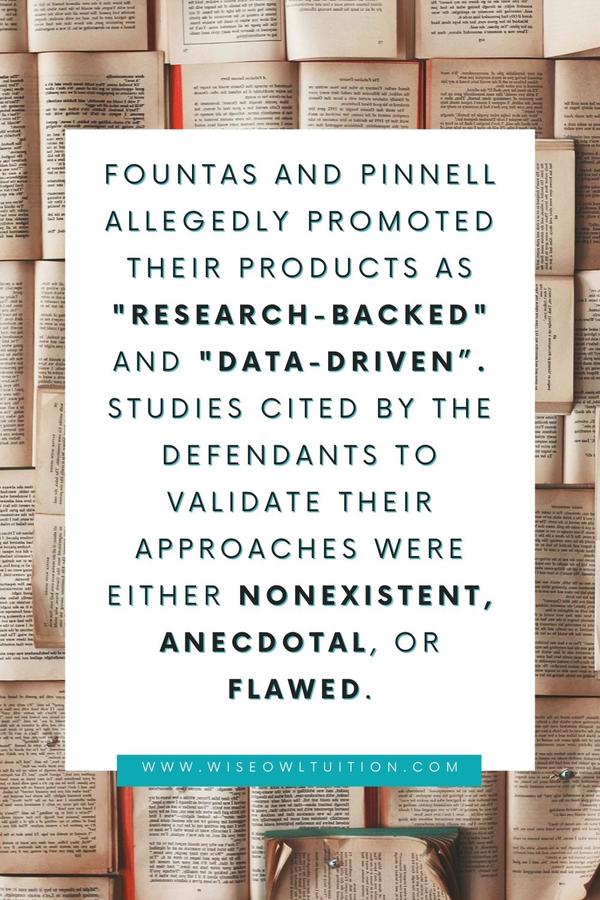
Fountas and Pinnell allegedly promoted their products as "research-backed" and "data-driven," despite a lack of rigorous evaluation. Studies cited by the defendants to validate their approaches were either nonexistent, anecdotal, or methodologically flawed.
Why Does It Matter?
Phonics, the method of teaching reading by correlating sounds with letters—is a cornerstone of literacy development. Without it, many children, especially those with learning difficulties, can fall behind. If your school uses the Fountas and Pinnell system, this lawsuit raises questions about the effectiveness of your child’s reading lessons.
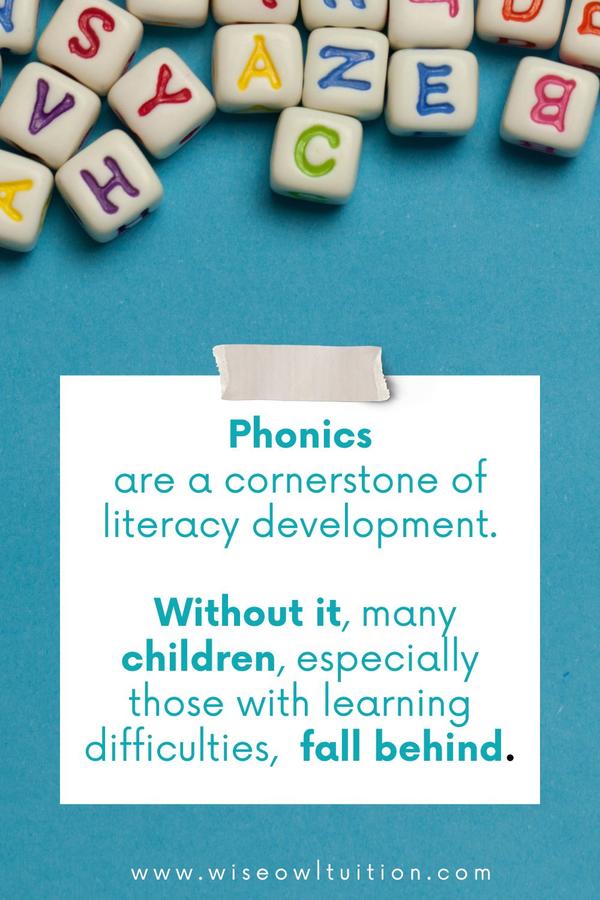
My Experience with Fountas and Pinnell
At my last school, we were required to use the Fountas and Pinnell program. From the start, I felt it wasn’t working for many of my students, especially those who struggled with reading. One thing that always puzzled me was why we used a separate reading program, Sounds Write, for intervention but didn’t integrate it into the regular classroom. This disconnect between intervention and everyday teaching never made sense to me.
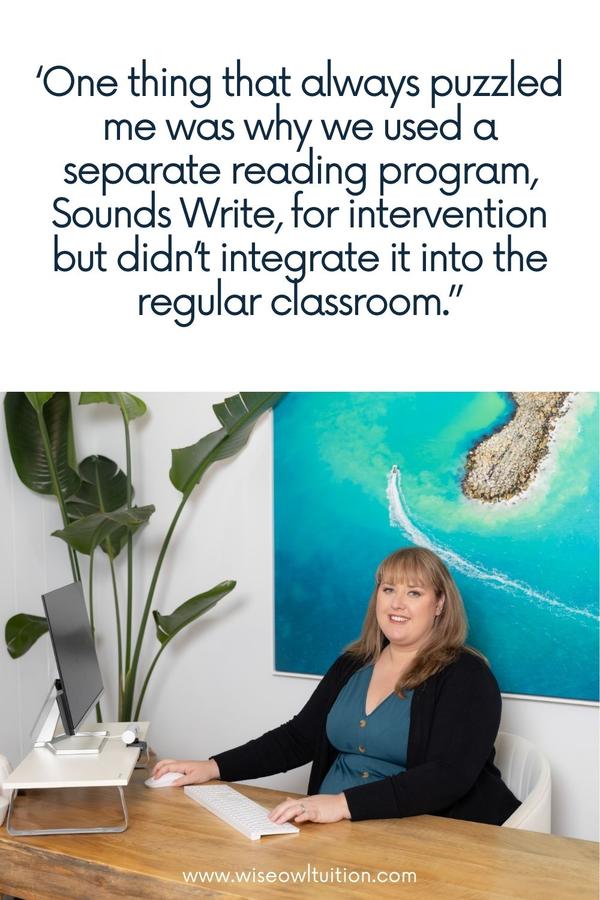
Being a bit of a maverick (and using what I had learned about the Science of Reading), I decided to try something different.
I moved away from the levelled texts recommended by Fountas and Pinnell and began using decodable texts instead.
I didn't use the cueing system and I focused on decoding strategies.
The results were incredible.
These students started making real progress, gaining the confidence and skills they needed to tackle reading more independently.

It reinforced for me that a one-size-fits-all approach doesn’t work in education.
Current Reading Programs
There are many reading programs available today, and some are better than others. Sounds Write, for example, is frequently requested by parents and is highly praised by families whose children require extra support.
This worries me and it worries other teachers too.
It’s a great program with a strong foundation in phonics and has produced great outcomes for many of my students.
But is it the ultimate solution? No.
No single program can claim to be the be-all and end-all for teaching literacy.
The fact that parents are requesting it is frankly a little bit scary to me!
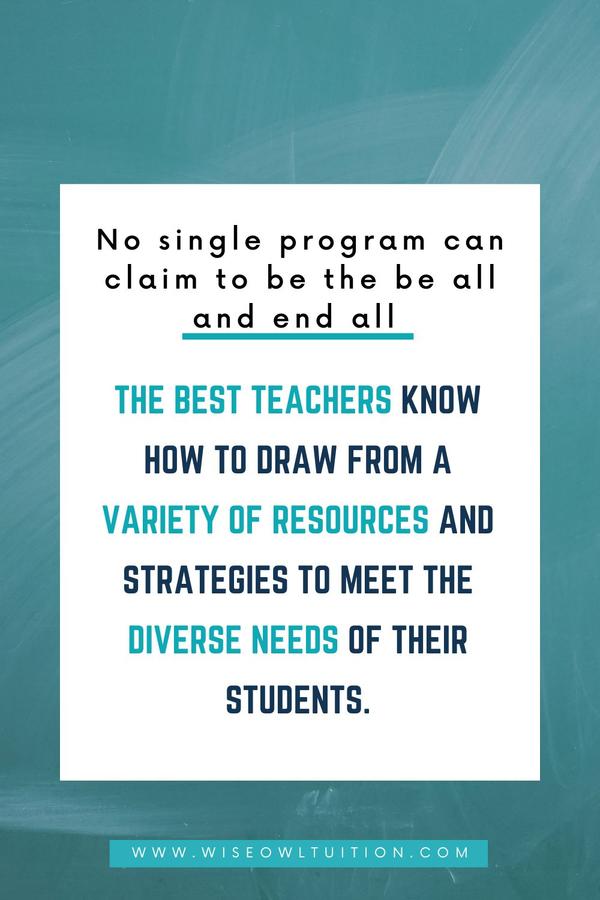
The best teachers know how to draw from a variety of resources and strategies to meet the diverse needs of their students. While Sounds Write works wonders for some, other students may thrive with a combination of approaches and resources.
The key is flexibility and a deep understanding of how children learn to read. Good teaching is adaptable, resourceful, and evidence-based. Teachers should be trained in a variety of programs and have a variety of resources to pull from to meet every child's need.
What Can Parents Do?
-
Stay Informed: Learn about the reading curriculum your child’s school uses. Does it include systematic phonics?
-
Advocate: Talk to your child’s teacher or school administrators about evidence-based reading practices.
-
Supplement: Consider resources like decodable readers or tutoring programs that focus on phonics-based learning.
Or you could learn more about the Science of Reading. I have created a course just for parents to learn how to help support their child's reading at home.
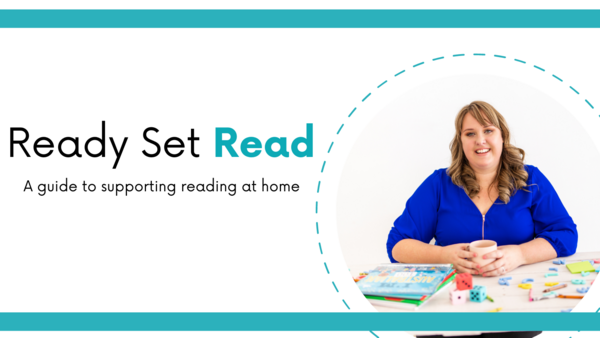
The Bigger Picture
This case isn’t just about one curriculum, it’s about ensuring that every child has access to effective, research-backed instruction. As this legal battle unfolds, it’s an opportunity for schools, educators and parents to rethink the tools and methods used in classrooms.
For me, the Fountas and Pinnell lawsuit has brought back memories of my own experiences in the classroom. It’s a reminder of why I advocate for evidence-based practices and the importance of empowering teachers to make informed choices for their students. It's also the reason I am creating my own decodable readers. I couldn't find the resources I needed for my students. Sure there are fantastic resources out there but there just aren't enough yet.
Let’s use this moment to push for better, more effective literacy instruction for every child.
Try my decodable readers for free just click here

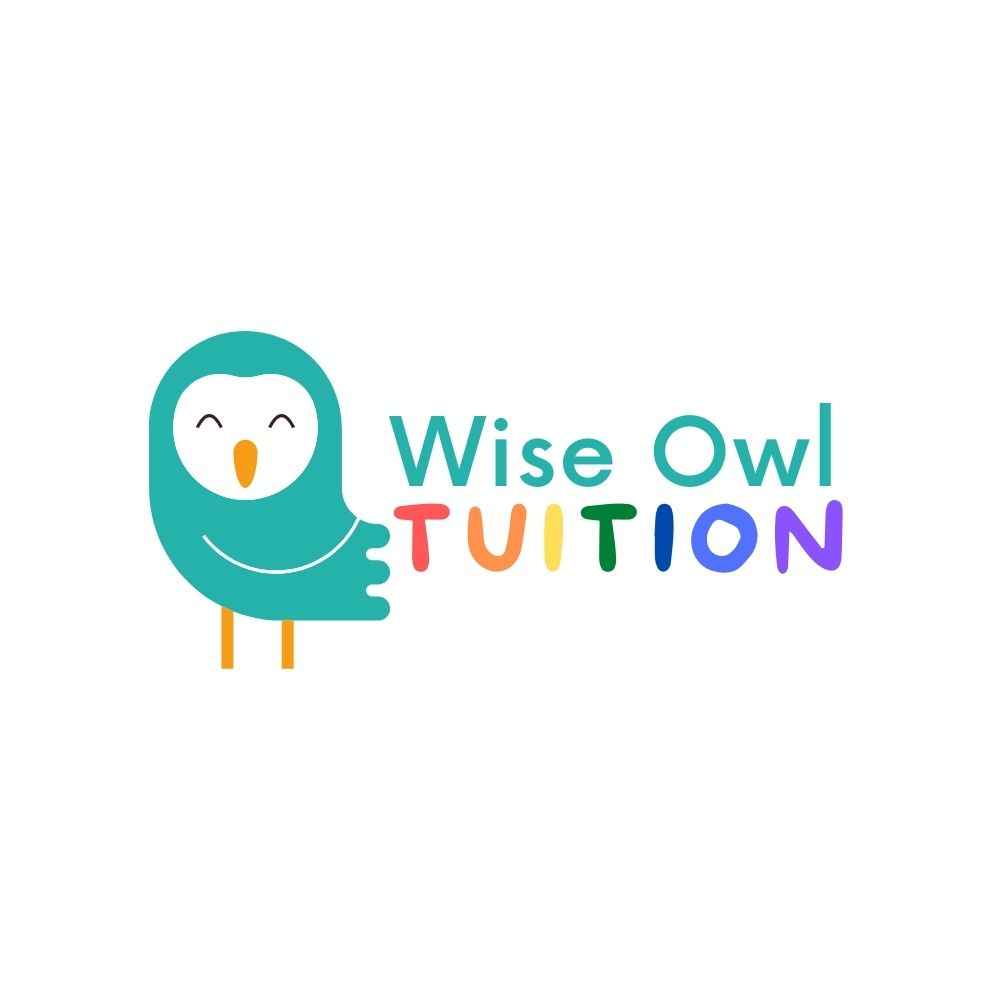

0 comments
Leave a comment
Please log in or register to post a comment